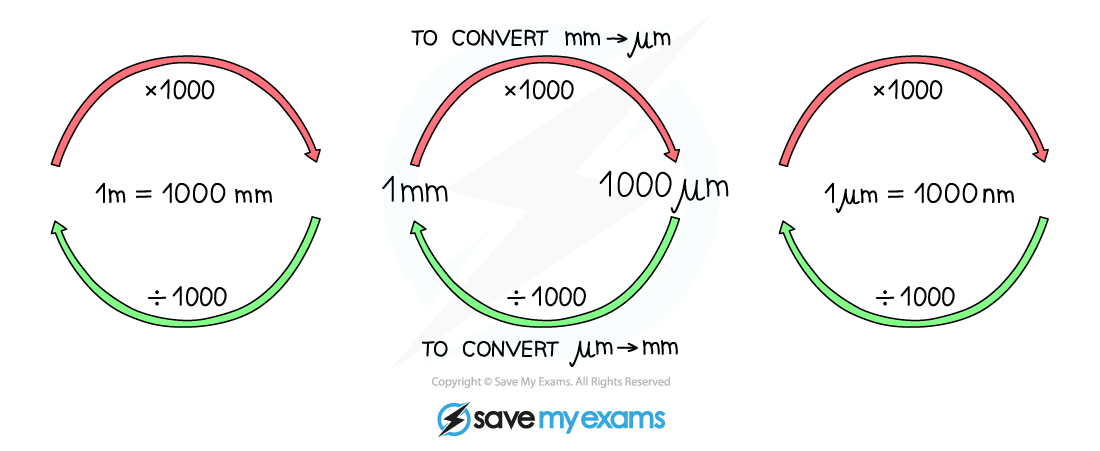Microscopy (AQA GCSE Combined Science: Trilogy): Revision Note
Exam code: 8464
A brief history of the microscope
How have microscopy techniques developed over time?
Microscopy techniques have advanced over time, enhancing our understanding of subcellular structures.
17th century: Development of the first light microscopes.
Light microscopes use light and lenses to magnify specimens, allowing visualisation of cells and large subcellular structures like nuclei and vacuoles, often with the aid of stains
Their design has evolved to improve magnification and resolution over time
20th century: Introduction of the first electron microscopes.
Electron microscopes use electron beams instead of light, providing much higher resolution and magnification due to the smaller wavelength of electron beams
Electron microscopes
Why are electron microscopes better?
An electron microscope has much higher magnification and resolving power than a light microscope
They can therefore be used to study cells in much finer detail, enabling biologists to see and understand many more subcellular structures such as the mitochondrion
They have also helped biologists develop a better understanding of the structure of the nucleus and cell membrane
Did this video help you?
Magnification calculations
Magnification equation
Magnification is calculated using the following equation:
Magnification = Drawing size ÷ Actual sizeMagnification equation triangle
An equation triangle can help with rearranging simple equations

An equation triangle for calculating magnification
Rearranging the equation to find things other than the magnification becomes easy when you remember the triangle – whatever you are trying to find, place your finger over it and whatever is left is what you do, so:
Magnification = image size / actual size
Actual size = image size / magnification
Image size = magnification x actual size
Remember magnification does not have any units and is just written as ‘X 10’ or ‘X 5000’
Worked example
An image of an animal cell is 30 mm in size and it has been magnified by a factor of X 3000. What is the actual size of the cell?
To find the actual size of the cell:

Worked example using the equation triangle for magnification
Examiner Tips and Tricks
It is easy to make silly mistakes with magnification calculations. To ensure you do not lose marks in the exam:
Always look at the units that have been given in the question – if you are asked to measure something, most often you will be expected to measure it in millimetres NOT in centimetres – double-check the question to see!
Learn the equation triangle for magnification and always write it down when you are doing a calculation – examiners like to see this!
Converting Units
Converting units in Biology
You may be given a question in your Biology exam where the measurements for a magnification calculation have different units.
You need to ensure that you convert them both into the same unit before proceeding with the calculation (usually to calculate the magnification)
For example:

Example of an extended magnification question
>
Remember that 1mm = 1000µm
2000 / 1000 = 2, so the actual thickness of the leaf is 2 mm and the drawing thickness is 50 mm
Magnification = image size / actual size = 50 / 2 = 25
So the magnification is x 25
Examiner Tips and Tricks
If you are given a question with 2 different units in it, make sure you make a conversion so that both measurements have the same unit before doing your calculation. Also, watch out for the units you are given in the answer-prompt space.Remember the following to help you convert between mm and µm:


You've read 0 of your 5 free revision notes this week
Unlock more, it's free!
Did this page help you?